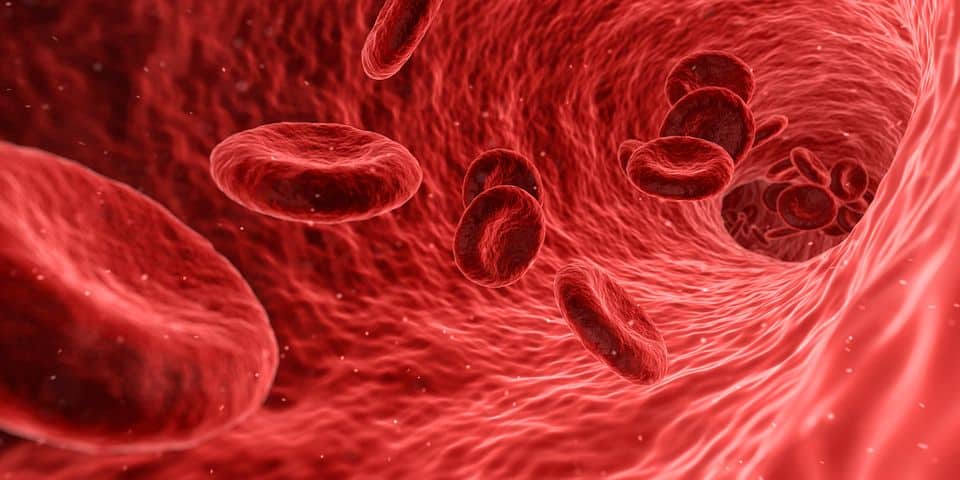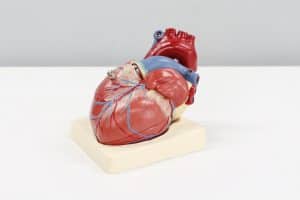
Focused ultrasound therapies could be made more affordable by 3D-printed acoustic holograms to help overcome the blood-brain barrier
pharmafile | August 15, 2022 | News story | Sales and Marketing |
The 3D-printed acoustic hologram is used with focused ultrasound (FUS) to create a more controlled and precise opening in the blood-brain barrier for the treatment of Alzheimer’s Disease and other neurological disorders. Researchers from the Universitat Politècnica de València (UPV), the Spanish National Research Council, and Colombia University collaborated to make the device.
One application which uses FUS is blood-brain barrier opening.
Lead author Sergio Jiménez-Gambín, a postdoctoral Research Scientist in the biomedical engineering department at Colombia University, said: “There is a limitation when trying to deliver therapeutic drugs within the brain to treat neurological diseases or brain tumours because the blood-brain barrier…does not allow the drug to cross it…”
FUS works by focusing over 1,000 beams of soundwaves on a specific target in the body, causing a lesion through which medicine can pass. “FUS in combination with microbubbles circulating through the brain capillaries [is] a way to open the barrier in a safe and transient manner. When FUS is on, microbubbles start vibrating and this vibration expands the barrier joints, facilitating the drug to cross it,” Jiménez-Gambín continued.
There are two versions of FUS, with one using a single-element transducer, and the other using a multi-element transducer. While the single-element is low-cost and simple to use, it is less accurate. Jiménez-Gambín says, “When focusing ultrasound through the skull, the waves suffer a distortion and it’s difficult to control the targeted region within the brain.”
Multi-element transducers allow for greater control, meaning less skull distortion. However, they are high-cost, and so not affordable for most laboratories or clinical centres or hospitals.
The 3D-printed acoustic hologram is a device which attaches to a single-element transducer, converting it into a multi-use one due to its 100,000 columns which behave as individual emitting elements. It is low-cost to make, thus making the use of multi-element transducers more affordable.
“Currently, there is no available therapeutic technology to efficiently treat brain diseases that is affordable, which considerably limits the advances and improvement in developing therapeutic drugs for these neurological conditions. My research…has been demonstrated to have great potential to solve this limitation and defines a new path for the future in the biomedical field,” Jiménez-Gambín said.
James Spargo








